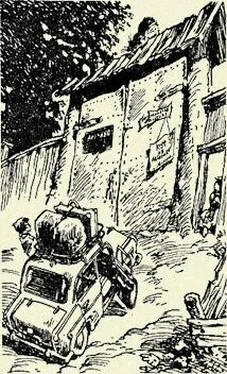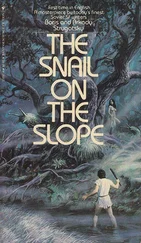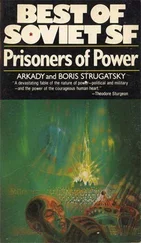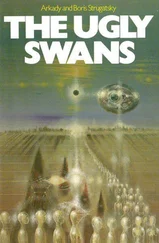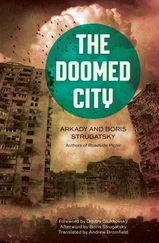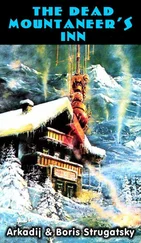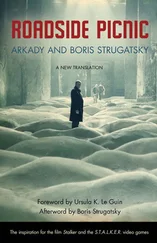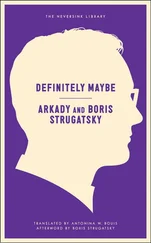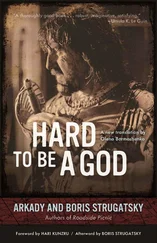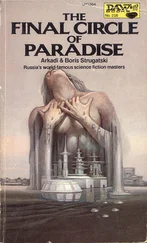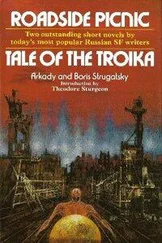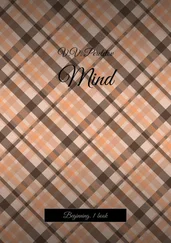
Oracle:In the belief of the ancients, a means of communication by the gods with men: the flight of birds (used by augurs), the rustling of trees, the dreams of a prophet, and so forth. Also the place where prophecies were made. “The Solovetz Oracle” is a small dark room. It has been planned for several years to install a large computer there for minor prophecies.
Phantom:A ghost, a spook. In modern view it is a condensation of necrobiotic information. Phantoms excite a superstitious horror, though they are entirely harmless. In the Institute they are used for the verification of historic truth, although they cannot be legal witnesses.

Pythia:A priestess, a prophetess in ancient Greece. Prophesied after breathing poisonous fumes. Pythias do not practice at the Institute. They smoke a great deal and restrict themselves to the study of the general theory of prediction.
Ramapithecus:In contemporary view, the immediate precursor of pithecanthropus on the evolutionary ladder.

Segure, Richard:The hero of the phantasmic story “The Mystery of Richard Segure,” the discover of threedimensionai photography.
The Star of Solomon:In world literature, a magical sign in the shape of a six-pointed star, possessing powerful thaumaturgical properties. In the present time, as with most other geometrically based incantations, it has lost its potency and is useful only for frightening the illiterate.
Taxidermist:A stuffer of figures. I recommended this term to the authors because C.J. Junta becomes infuriated when called by that name.
Tertium:One-sixtieth of a second.
Upanishads:Ancient Hindu commentaries on the four sacred books.
Vampire:Blood-sucking corpse of folklore. In reality, vampires are magi who, for one reason or another, have taken the path of abstract evil. The tried-and-true remedy for them is the wooden stake and bullets cast from virgin silver. In the text the word is used loosely.
Werefolk or Shape-Changers:People capable of turning into certain animals: such as wolf (werewolf), fox (kitzuneh), and the like. For some reason they excite horror in the superstitious. V.P. Korneev, for instance, turned into a rooster when he had a toothache and immediately felt relieved.
Zombi (also Cadaver):Generally speaking, an unliving object: a portrait, statue, idol, scarecrow. (See, for example, Count Cagliostro by A.N. Tolstoi.) One of the first zombis in history was the well-known Galatea, the work of the sculptor Pygmalion. Not used in modern magic. As a rule they are phenomenally stupid, capricious, hysterical, and almost unresponsive to training. In the Institute, unsuccessful doubles and doublelike colleagues are sometimes ironically called cadavers.
A full belly is deaf to learning.
Humorous periodical.
